
Myrtus communis - Plant
(MRP Inclusive of all taxes)
- Shipping ₹79 for entire order
- Dispatch in 7 days
- Country of origin: India

(MRP Inclusive of all taxes)
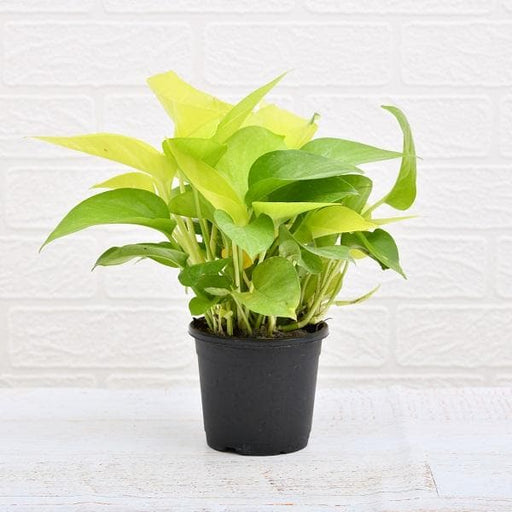 Save 29%
Save 29%
Air Purifier Money Plant with Pot The Air Purifier Money Plant, also known as Pothos or Epipremnum aureum, is a stunning indoor plant that...
View full details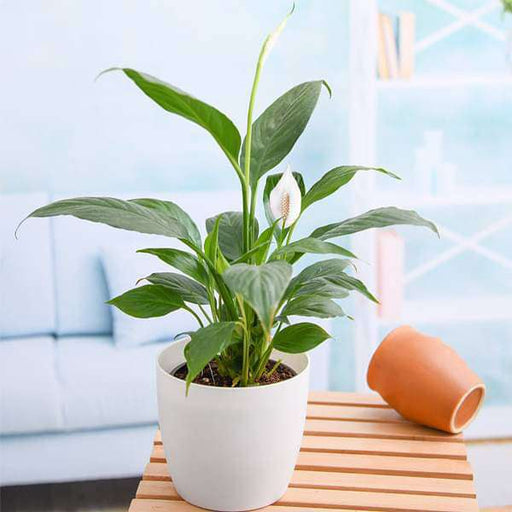
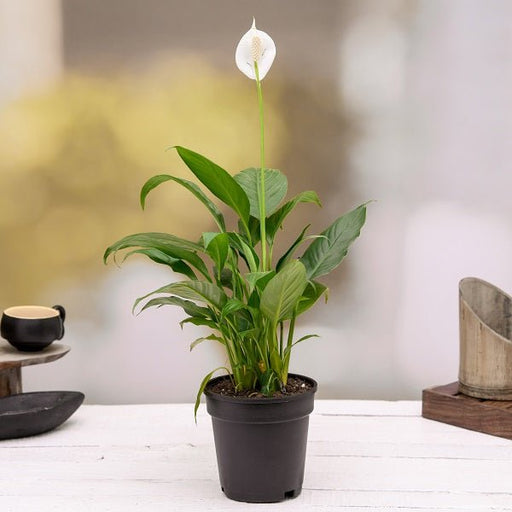 Save up to 15%
Save up to 15%
Peace Lily, Spathiphyllum - Plant The Peace Lily, scientifically known as Spathiphyllum, is a stunning houseplant celebrated for its elegant white...
View full details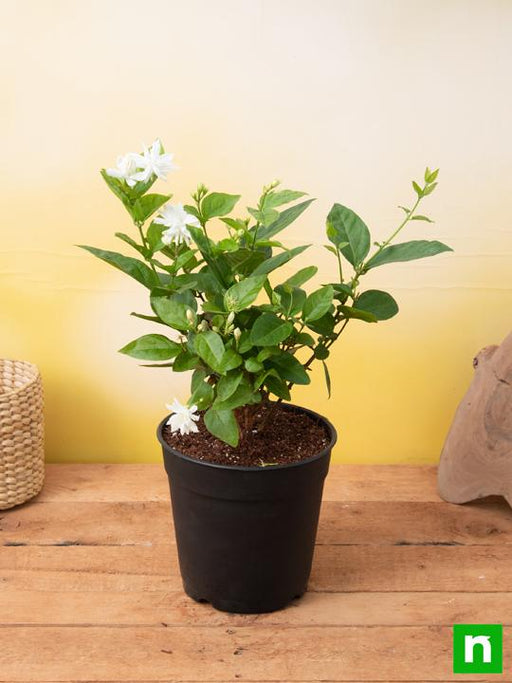
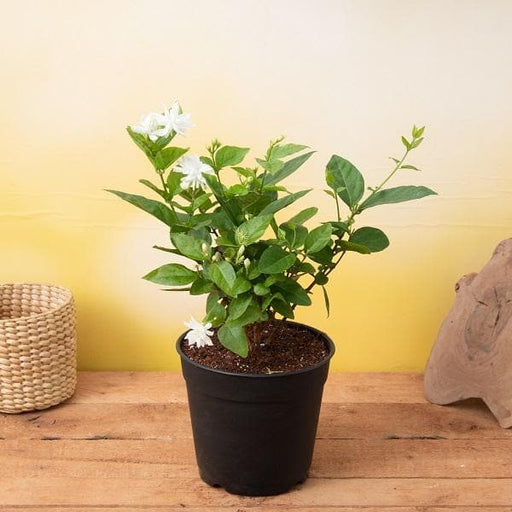 Save 25%
Save 25%
Jasminum sambac, Mogra, Arabian Jasmine - Plant Jasminum sambac, commonly known as Mogra or Arabian Jasmine, is a fragrant flowering plant...
View full details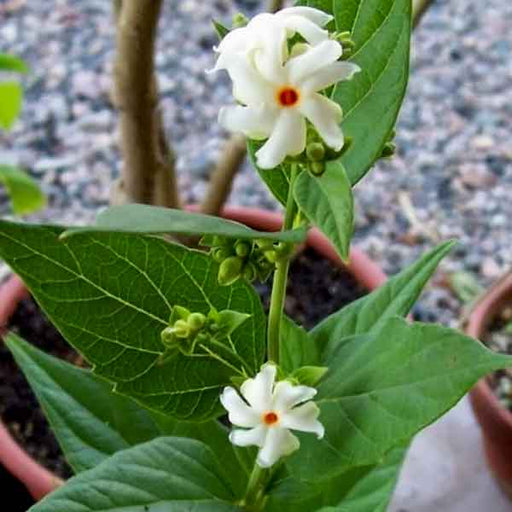
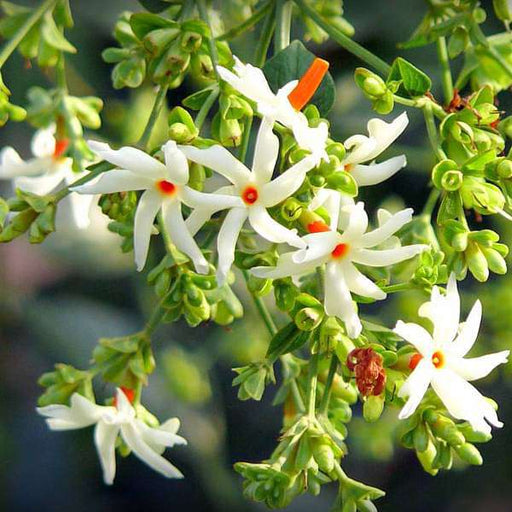 Save 18%
Save 18%
Combo Constituents Includes the Parijat Tree (Night-Flowering Jasmine), a culturally significant plant with fragrant flowers. Description The Pari...
View full details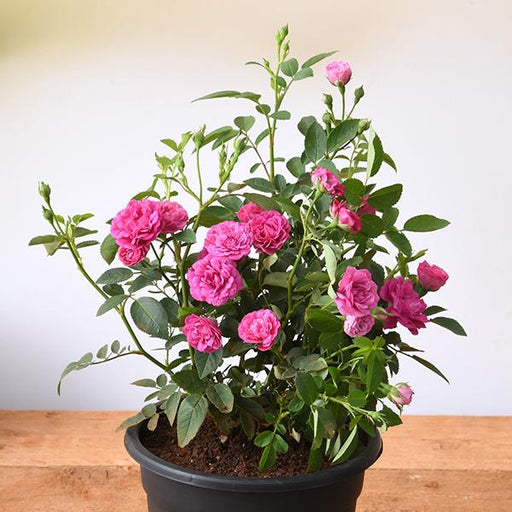
 Save 25%
Save 25%
Miniature Rose, Button Rose (Any Color) - Plant The Miniature Rose, also known as the Button Rose, is a charming and compact flowering plant that ...
View full details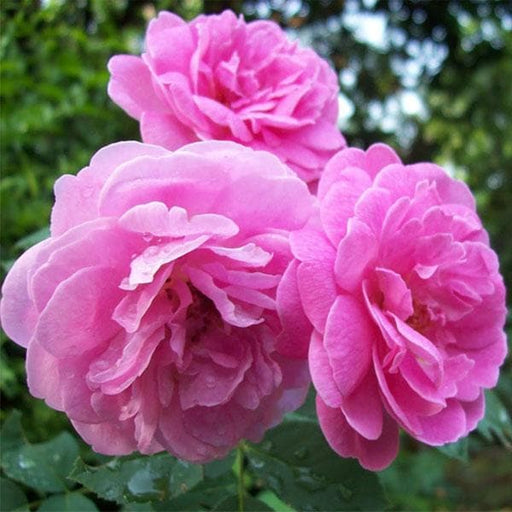 Save 25%
Save 25%
Damascus Rose, Scented Rose (Any Color) - Plant The Damascus Rose, also known as Rosa damascena, is a timeless symbol of beauty and romanc...
View full details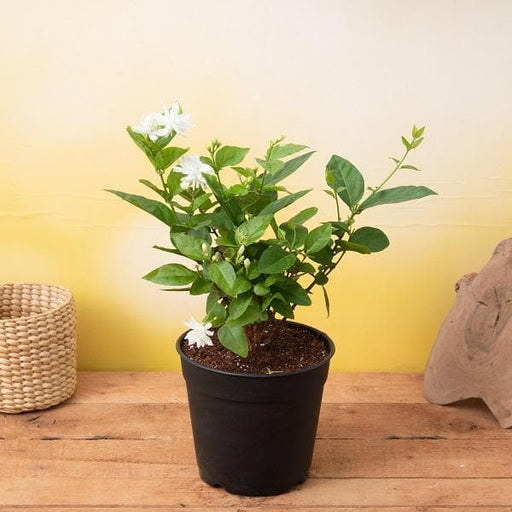
 Save 17%
Save 17%
Beautiful Fragrant Mogra, Arabian Jasmine Plant with Pot The Beautiful Fragrant Mogra, also known as Arabian Jasmine (Jasminum sambac), is...
View full details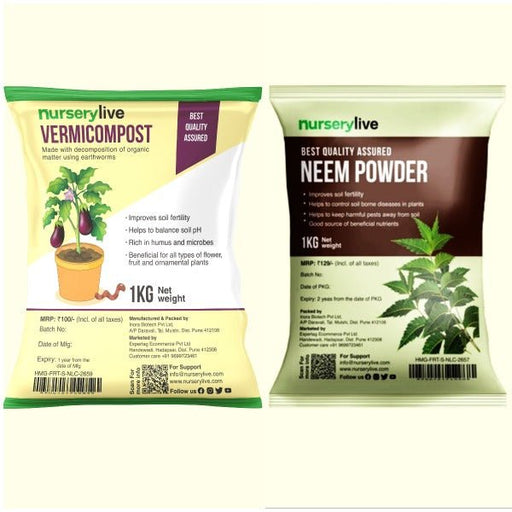 Save 15%
Save 15%
Pack of Vermicompost and Neem Cake for House Plants Transform your indoor garden with our premium Pack of Vermicompost and Neem Cake, spec...
View full details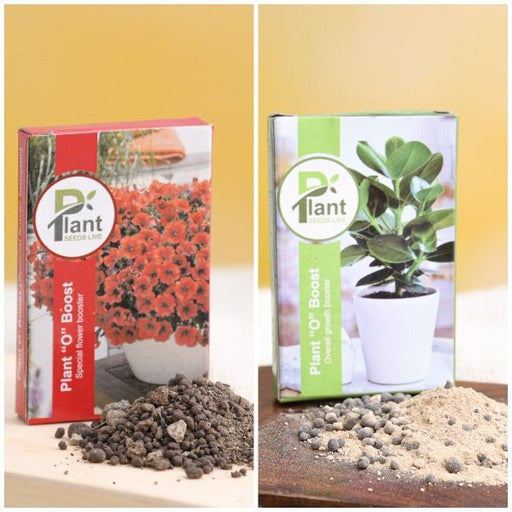
Pack of Plant Growth and Flower Boosters Unlock the full potential of your garden with our Pack of Plant Growth and Flower Boosters! This ...
View full details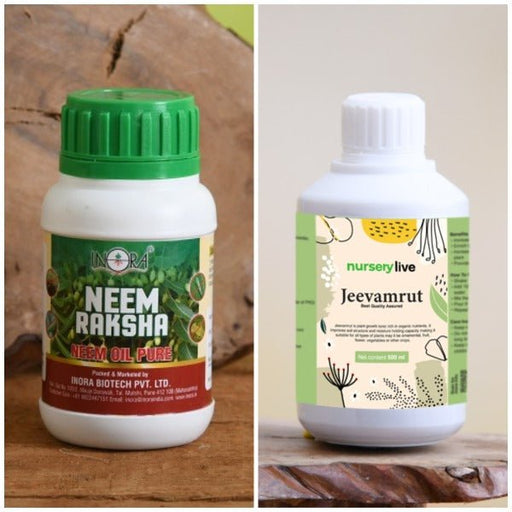 Save 38%
Save 38%
Combo of Jeevamrut and Neem Raksha for Easy Growth and Protection of Houseplants Transform your indoor garden with our exclusive combo of ...
View full details Save 22%
Save 22%
Plant Nutrients Kit (Pack of 16) for a Healthy Garden Transform your garden into a lush paradise with our Plant Nutrients Kit, featuring 1...
View full details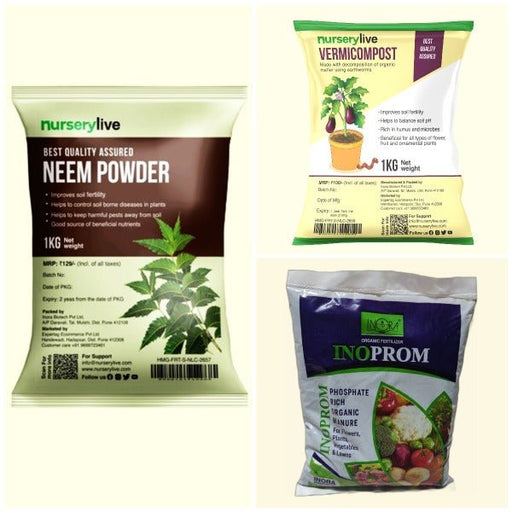 Save 16%
Save 16%
Combo of Top Plant Fertilizers Elevate your gardening game with our exclusive Combo of Top Plant Fertilizers, featuring two bags of premiu...
View full details Save 24%
Save 24%
Pack of 4 Additives to Make Soil Healthy and Nutrient Rich Transform your garden into a thriving ecosystem with our Pack of 4 Additives de...
View full details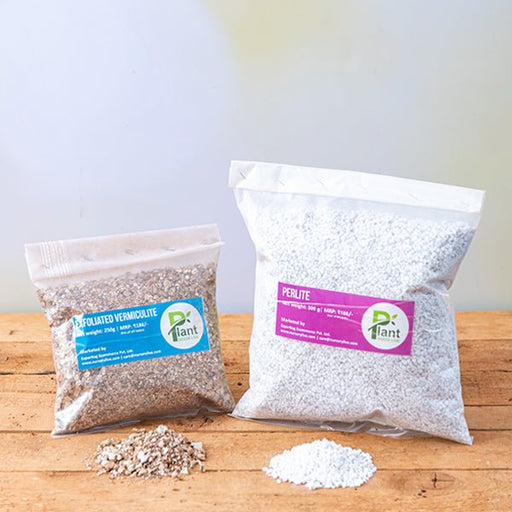 Save 30%
Save 30%
Transform your gardening experience with our premium Combo of Perlite and Vermiculite. This unique blend is designed to enhance soil aeration and ...
View full details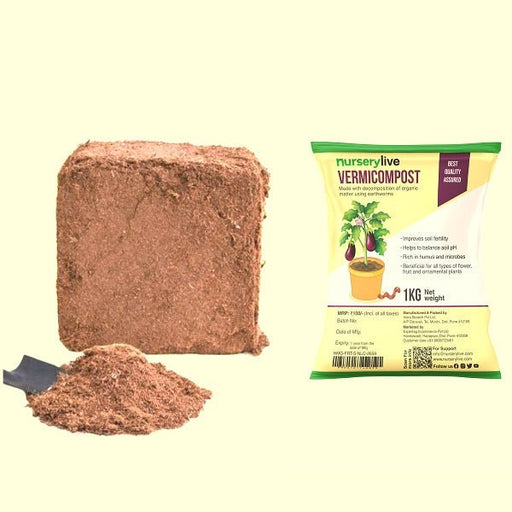 Save 27%
Save 27%
Combo of 2 Vermicompost and Cocopeat - Enrich Your Soil Naturally! Transform your garden into a thriving ecosystem with our Combo of 2 Ver...
View full details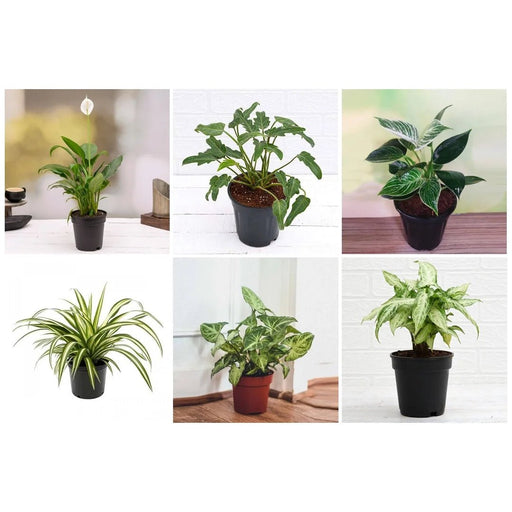
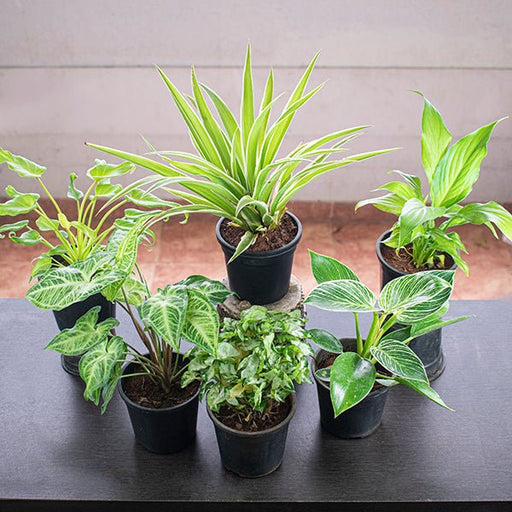 Save 35%
Save 35%
Best 6 Plants for Perfect Indoor Garden Transform your living space into a lush oasis with our curated collection of the Best 6 Plants for a...
View full details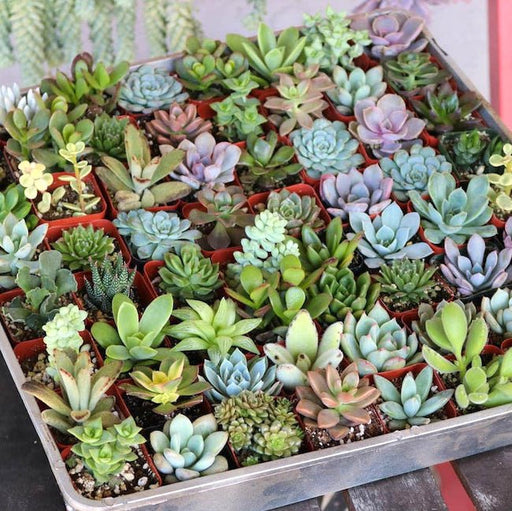
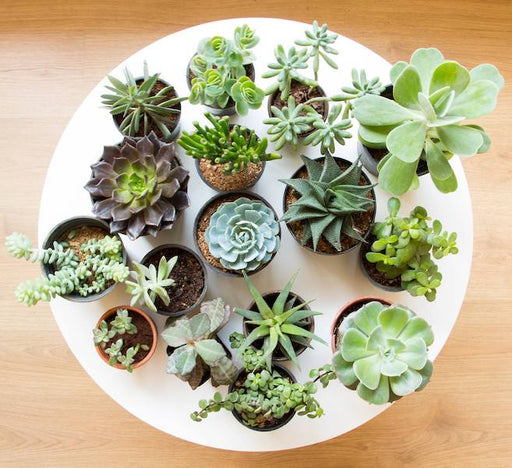 Save up to 50%
Save up to 50%
Mini Succulent Garden Pack Transform your space with our Mini Succulent Garden Pack, featuring a delightful collection of 4 any variety beautiful s...
View full details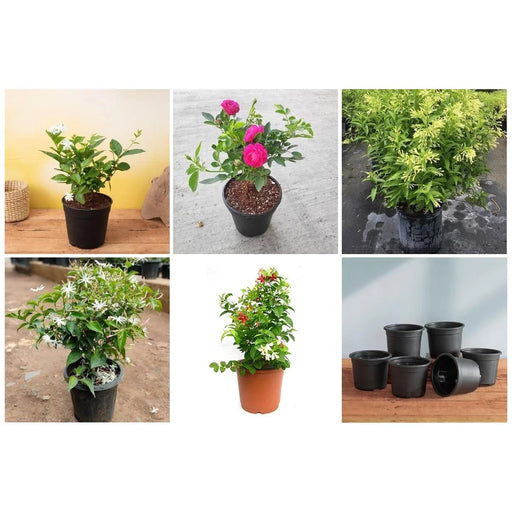
 Save 30%
Save 30%
5 Best Fragrant Plants Transform your garden or indoor space into a fragrant paradise with our curated selection of the 5 Best Fragrant Plants. Th...
View full details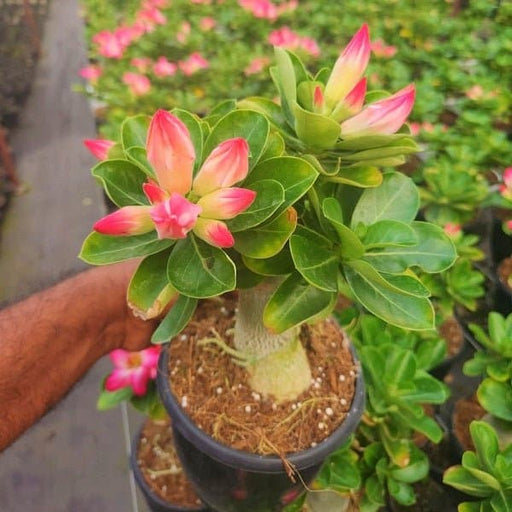
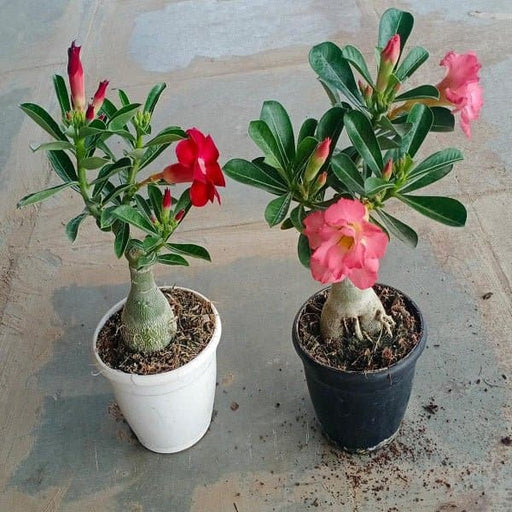 Save 24%
Save 24%
Set of 2 Bonsai Looking Grafted Adeniums Transform your indoor or outdoor space with our exquisite Set of 2 Bonsai Looking Grafted Adenium...
View full details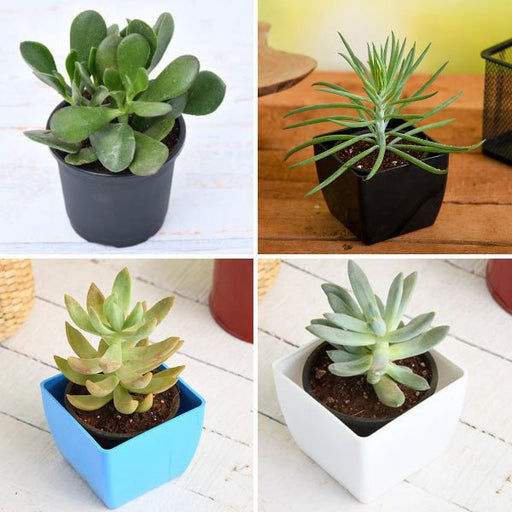 Save 45%
Save 45%
Top 4 Die Hard Succulents Pack Transform your indoor or outdoor space with our Top 4 Die Hard Succulents Pack, featuring a curated selecti...
View full details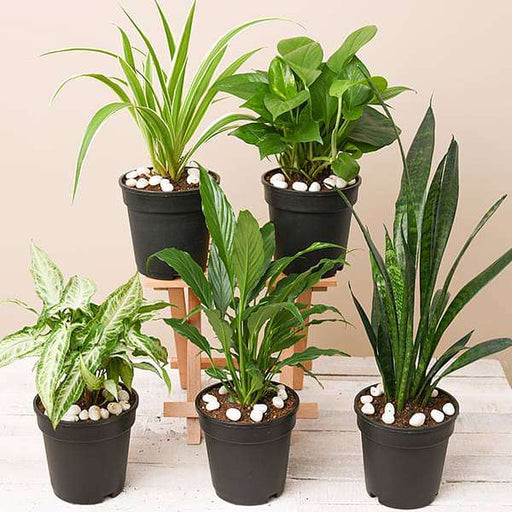
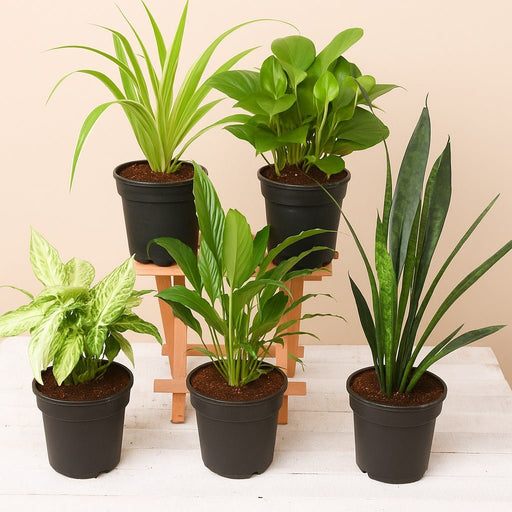 Save 30%
Save 30%
5 Best Indoor Plants Pack Transform your living space into a lush oasis with our '5 Best Indoor Plants Pack.' This carefully curated collection fe...
View full details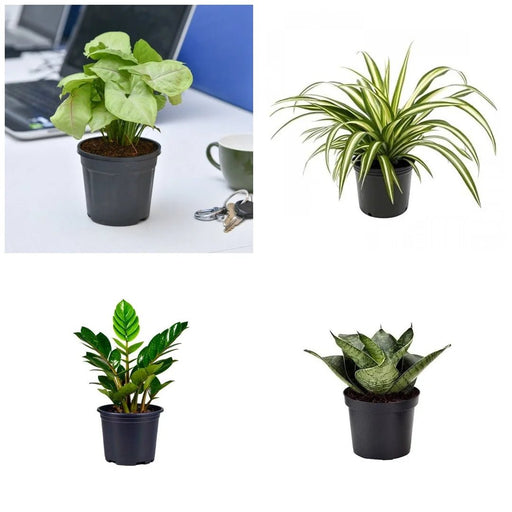
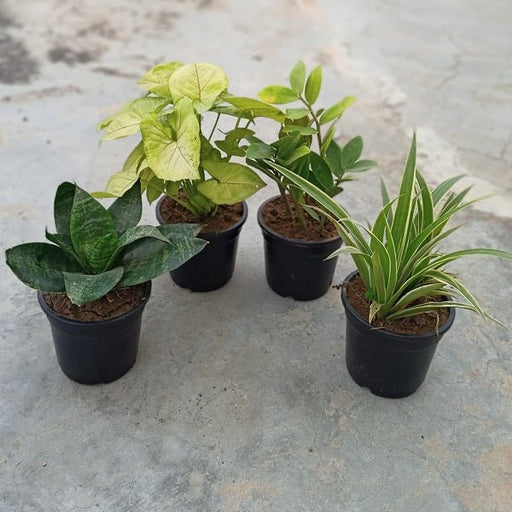 Save 25%
Save 25%
Set of 4 Evergreen Air Purifier Plant Pack Transform your indoor space into a lush, green oasis with our Set of 4 Evergreen Air Purifier Pla...
View full details| SrNo | Item Name |
|---|---|
| 1 | Myrtus communis - Plant |
Myrtus communis, commonly known as the Myrtle plant, is a fragrant evergreen shrub native to the Mediterranean region. Renowned for its aromatic leaves and beautiful white or pink flowers, this versatile plant has been cherished for centuries for its ornamental and medicinal properties. Its glossy green foliage and vibrant berries make it a stunning addition to any garden or landscape.
What sets Myrtus communis apart is its rich historical significance and cultural symbolism. In ancient times, it was associated with love and fertility, often used in wedding ceremonies. The plant's essential oils are celebrated for their therapeutic benefits, making it a popular choice in aromatherapy and natural remedies.
Special features of Myrtus communis include its drought resistance and ability to thrive in poor soil conditions. This hardy shrub not only enhances the aesthetic appeal of gardens but also attracts pollinators, contributing positively to the ecosystem.
Myrtus communis plays a vital role in its native ecosystem by providing habitat and food for various wildlife, including birds and pollinators. Its drought-resistant nature makes it an excellent choice for sustainable landscaping, helping to conserve water in arid regions.
If you think Myrtus communis is just a pretty face in the plant world, think again! This evergreen marvel is packed with benefits that would make even the most seasoned herbalist swoon. From its aromatic leaves that can spice up your culinary adventures to its essential oils that could rival any spa treatment, this plant is a multitasking superstar. Plus, it’s known for its antibacterial properties, making it a natural defender against those pesky germs. Who knew a plant could be your health’s best friend?
Caring for Myrtus communis is like nurturing a diva—she needs just the right amount of sunlight, water, and love. This Mediterranean beauty thrives in well-drained soil and adores full sun, so don’t skimp on the rays! Water her regularly, but don’t drown her; she prefers a light drink over a full-on swim. Pruning is essential to keep her looking fabulous, so don’t forget to give her a trim now and then. With a little TLC, she’ll reward you with lush foliage and aromatic leaves that’ll have your neighbors green with envy.
The uses of Myrtus communis are as diverse as a Swiss Army knife! From culinary delights to medicinal wonders, this plant does it all. Its leaves can be used to flavor dishes, while its berries can be transformed into delightful jams or liqueurs. But wait, there’s more! The essential oil extracted from its leaves is a favorite in aromatherapy, known for its calming properties. Whether you’re looking to spice up your kitchen or create a serene atmosphere at home, Myrtus communis has got your back.
Propagating Myrtus communis is like playing plant matchmaker—just a little patience and the right conditions, and you’ll have a thriving new plant in no time! You can start with seeds or cuttings, but cuttings are the way to go if you want instant gratification. Just snip a healthy stem, pop it in some soil, and watch the magic happen. Keep it moist and warm, and soon you’ll have a mini Myrtus communis ready to take on the world. Who knew plant parenting could be this easy?
Ah, the pests of Myrtus communis—those little critters that think they can crash the party! Aphids, spider mites, and scale insects are the usual suspects, but fear not! A little neem oil or insecticidal soap can send them packing. Regularly inspecting your plant will help you catch these uninvited guests before they throw a full-blown rave. With a bit of vigilance and some natural remedies, you can keep your Myrtus communis pest-free and thriving, ensuring it remains the belle of the botanical ball.
The history of Myrtus communis is as rich as a fine wine! This plant has been cherished since ancient times, often associated with love and beauty. The Greeks and Romans adored it, using it in rituals and as a symbol of victory. It even made its way into the gardens of royalty, where it was treated like the celebrity it is. Today, it continues to be celebrated for its aromatic leaves and stunning appearance, proving that some things never go out of style. Talk about a timeless classic!
Myrtus communis essential oil is like a spa day in a bottle! Extracted from the leaves of this aromatic plant, it boasts a fresh, herbaceous scent that can uplift your spirits and calm your mind. Known for its antiseptic and anti-inflammatory properties, this oil is a favorite among wellness enthusiasts. Whether you’re adding it to your diffuser or mixing it into your skincare routine, Myrtus communis essential oil is the perfect companion for those seeking a little zen in their lives. Who knew relaxation could smell this good?
If you’re looking to elevate your culinary game, Myrtus communis is your secret weapon! Its aromatic leaves can be used fresh or dried to add a unique flavor to meats, stews, and even desserts. Think of it as the herb that brings a Mediterranean flair to your kitchen. The berries can also be harvested and transformed into jams or infused into spirits, making your next cocktail party a hit. With Myrtus communis in your pantry, you’ll be the culinary genius everyone raves about!
Landscaping with Myrtus communis is like adding a touch of Mediterranean charm to your garden! This evergreen shrub can be used as a stunning hedge, a focal point, or even a container plant. Its glossy leaves and fragrant blooms will have your neighbors doing double-takes. Plus, it’s drought-tolerant once established, making it a low-maintenance option for those who want beauty without the fuss. With Myrtus communis in your landscape, you’ll create an outdoor oasis that feels like a vacation every day.
The medicinal properties of Myrtus communis are like a treasure chest waiting to be unlocked! Traditionally used for its antiseptic and anti-inflammatory benefits, this plant has been a go-to for various ailments. From soothing respiratory issues to promoting digestive health, Myrtus communis has a long history of being a natural remedy. Whether you’re brewing a herbal tea or using its essential oil, this plant is a fantastic addition to your wellness routine. Who knew nature had such a powerful ally?
Myrtus communis has woven its way into the fabric of culture throughout history! From ancient rituals to modern-day symbolism, this plant has been a beloved icon. In Roman times, it was associated with love and fertility, often used in wedding ceremonies. Today, it continues to inspire art, literature, and even perfumes. Its rich history and aromatic allure make it a cultural gem that transcends time. With Myrtus communis, you’re not just growing a plant; you’re cultivating a piece of history!
Myrtus communis, also known as common myrtle, is a fragrant evergreen shrub native to the Mediterranean. With glossy leaves and aromatic white flowers, it’s like nature’s perfume factory. Plus, it’s a symbol of love and beauty, making it the perfect plant for romantic gardeners. Who knew plants could be so charming
Caring for Myrtus communis is a breeze! It loves well-drained soil and plenty of sunlight, so give it a sunny spot to shine. Water it moderately, letting the soil dry out between drinks. Prune it occasionally to keep it looking fabulous. Just think of it as a beauty regimen for your plant!
Absolutely! Myrtus communis can be a delightful indoor companion. Just ensure it gets enough sunlight—ideally, a south-facing window. Keep the humidity up, and it’ll thrive like a diva. Just be prepared for the occasional aromatic whiff; it might just steal the show in your living room!
Myrtus communis isn’t just a pretty face; it’s packed with benefits! Its leaves are used in traditional medicine for their antiseptic properties. Plus, it’s a culinary star in Mediterranean dishes. And let’s not forget its role in landscaping—this plant can elevate your garden’s aesthetic like a pro!
Yes, Myrtus communis is like the bouncer of the plant world—deer tend to avoid it! Its aromatic leaves are not on the menu for these four-legged grazers. So, if you’re tired of your garden being a deer buffet, this plant is your new best friend. It’s a win-win for your landscape!
Myrtus communis can reach heights of 5 to 10 feet, depending on its mood and growing conditions. It’s like the overachiever of the shrub world! With proper pruning, you can keep it in check or let it soar to new heights. Just remember, it’s not a tree, but it sure acts like one!
Myrtus communis blooms in late spring to early summer, showcasing its stunning white flowers. These blossoms are not just eye candy; they attract pollinators like bees and butterflies. So, if you want to throw a garden party for the local wildlife, this plant is your VIP guest. Get ready for the buzz!
Absolutely! Myrtus communis leaves are a culinary delight, often used in Mediterranean cuisine. They add a unique flavor to dishes, much like a secret ingredient that elevates your cooking game. Just remember to use them sparingly; a little goes a long way. Your taste buds will thank you for this aromatic addition!
Good news for pet lovers! Myrtus communis is generally considered non-toxic to cats and dogs. However, it’s always wise to keep an eye on your furry friends, as they might have their own opinions about what’s edible. Better safe than sorry—let’s keep the plant party safe for everyone!
Propagating Myrtus communis is as easy as pie! You can take semi-hardwood cuttings in late summer and root them in a potting mix. Keep them moist and warm, and soon you’ll have new plants to show off. It’s like cloning your favorite plant—who wouldn’t want more of this aromatic beauty
Myrtus communis can attract a few pesky visitors, like aphids and spider mites. But fear not! A gentle spray of water or insecticidal soap can send them packing. Think of it as a plant spa day—refreshing and pest-free. Your myrtle will thank you for the pampering!
Myrtus communis is a tough cookie! In mild climates, it can survive winter outdoors, but in colder regions, it’s best to bring it inside. A little frost won’t hurt, but prolonged exposure might make it shiver. So, if you want your myrtle to thrive, give it a cozy winter retreat!